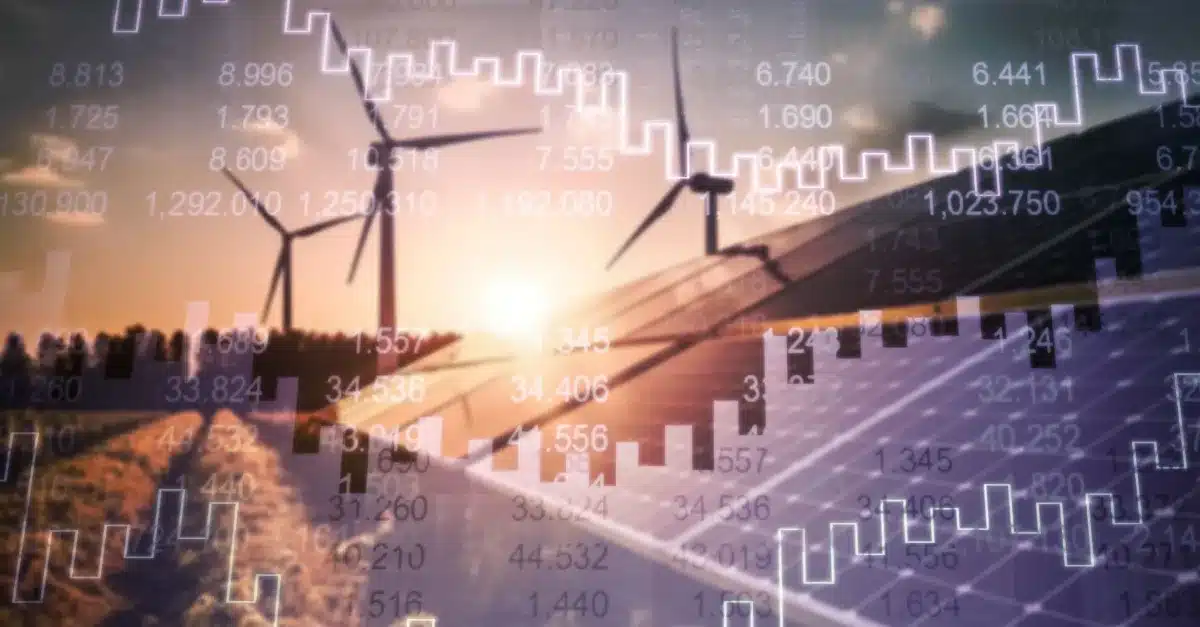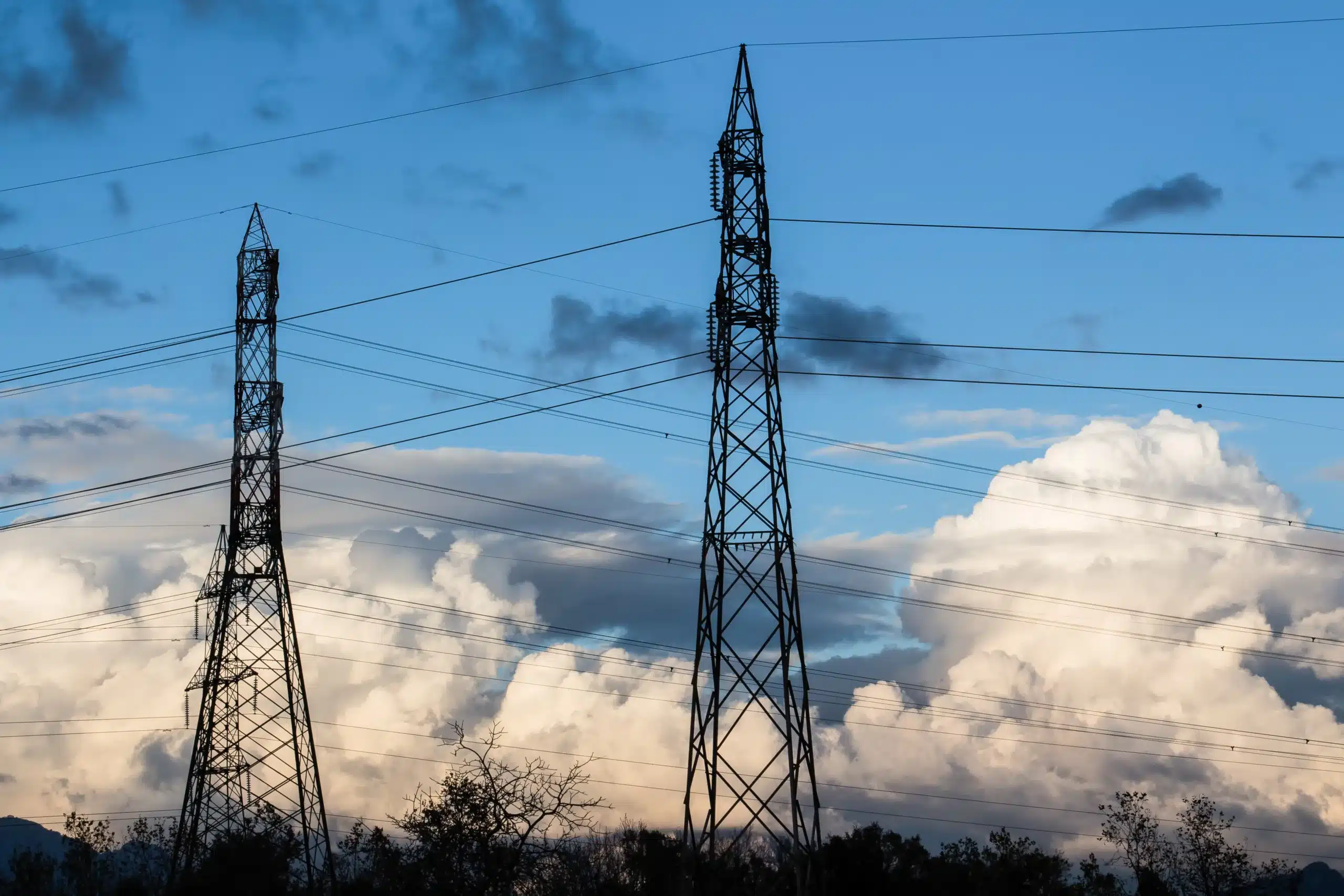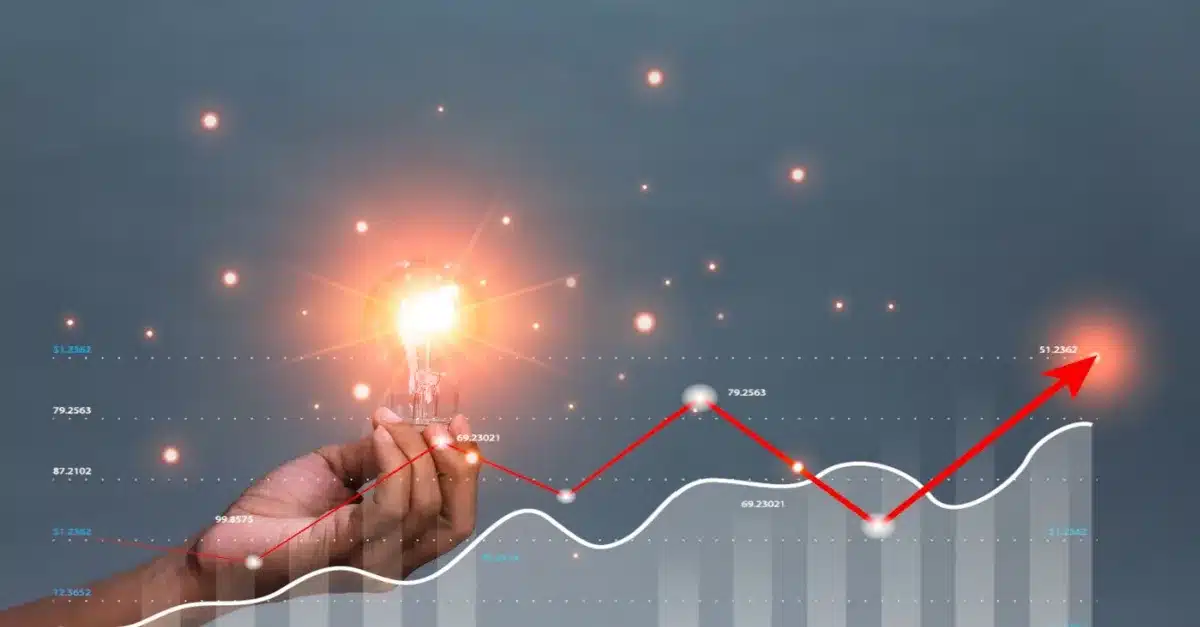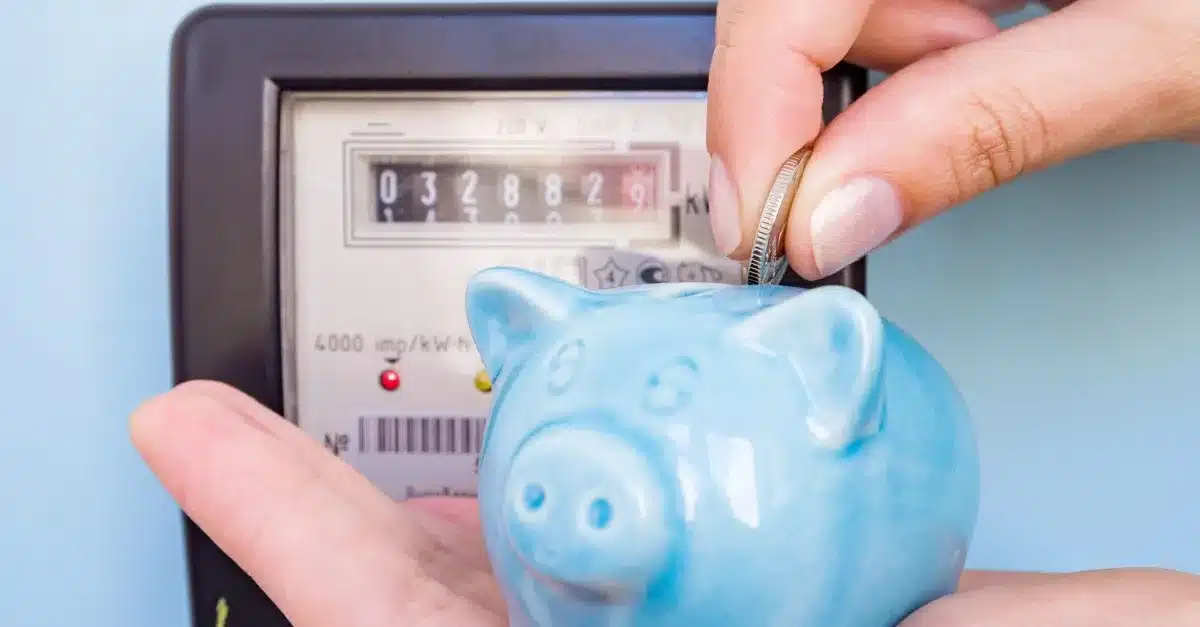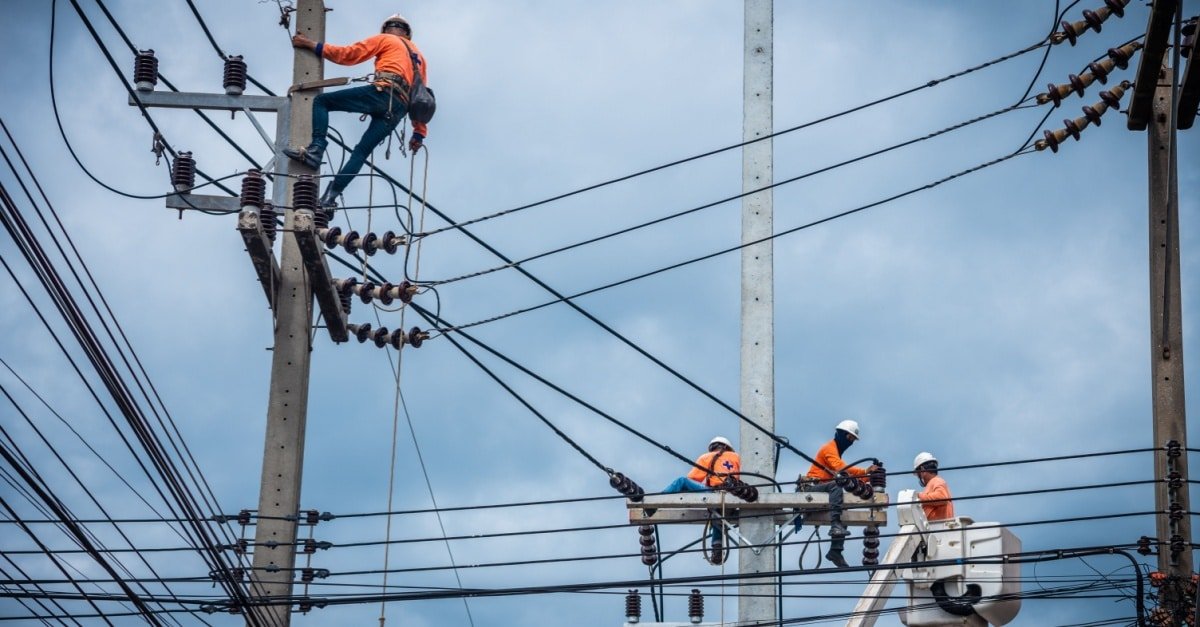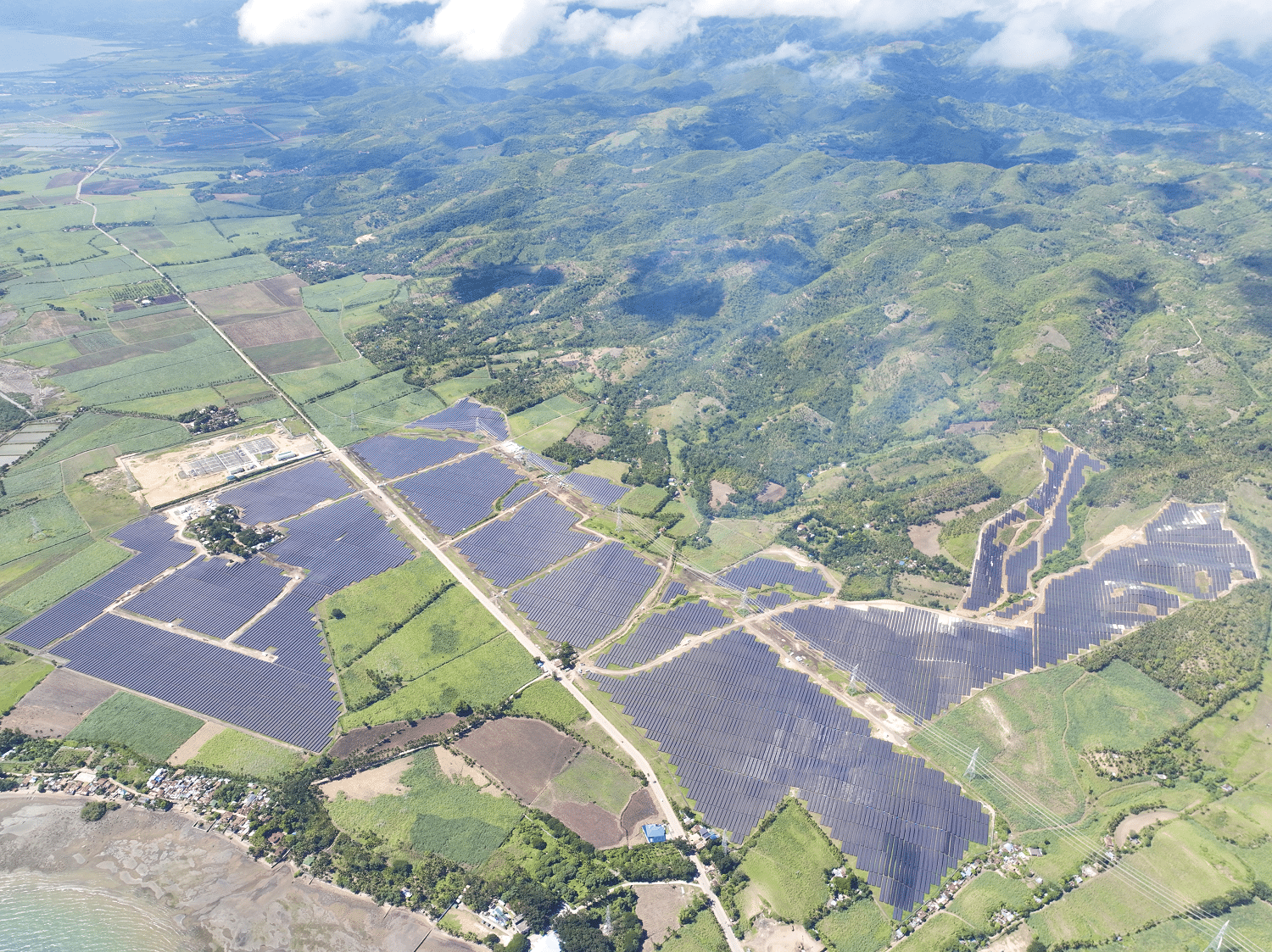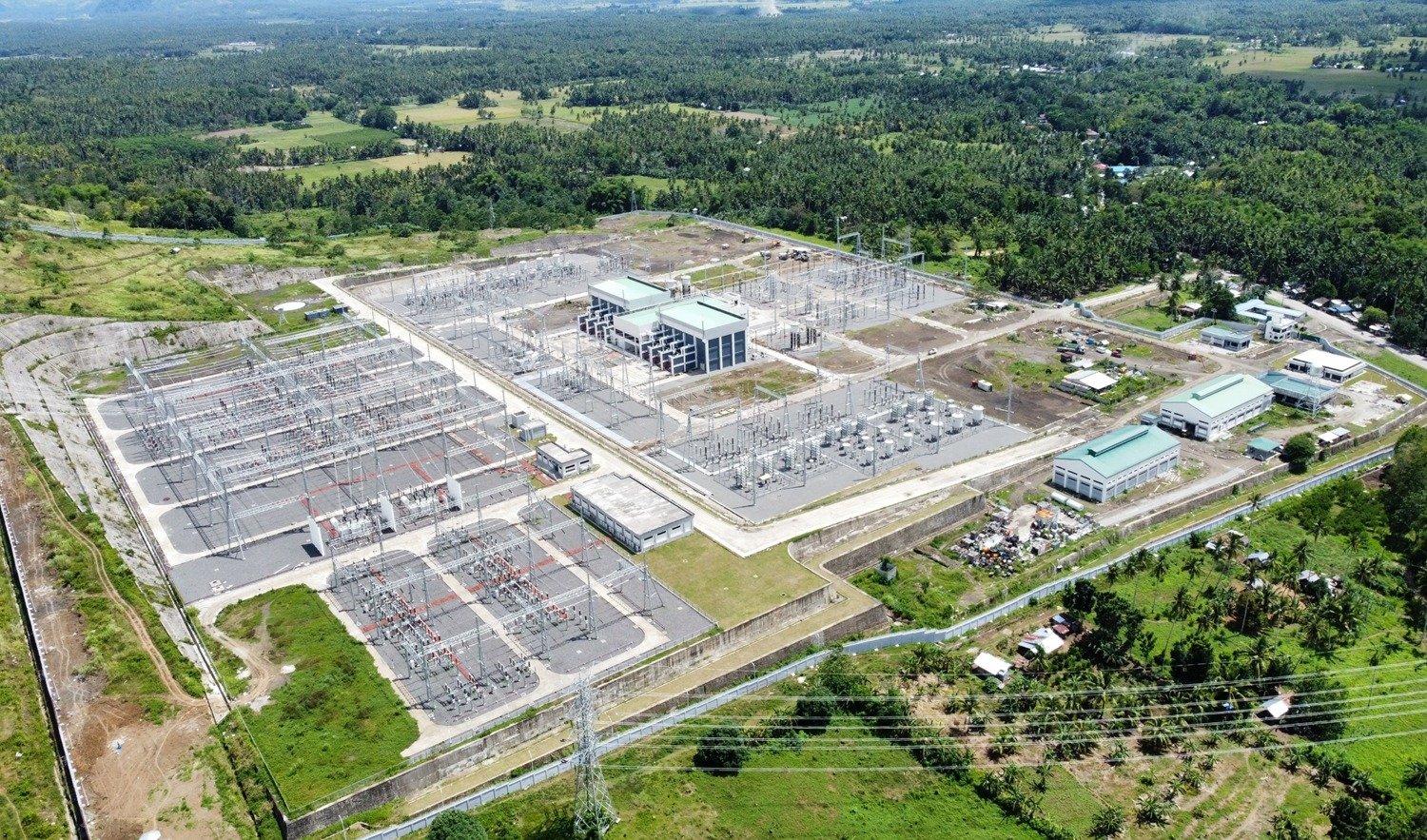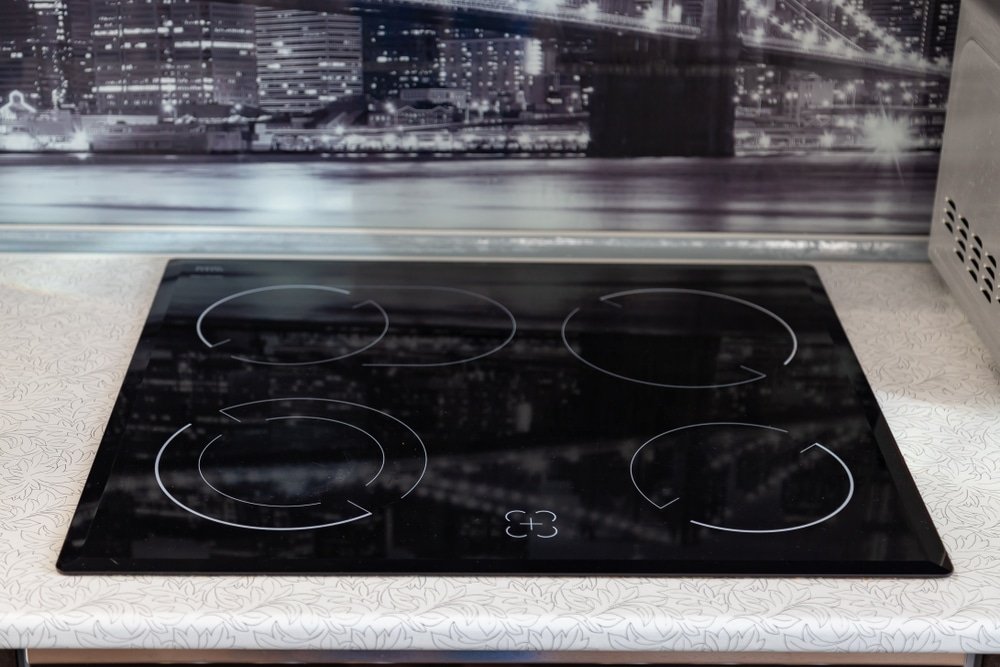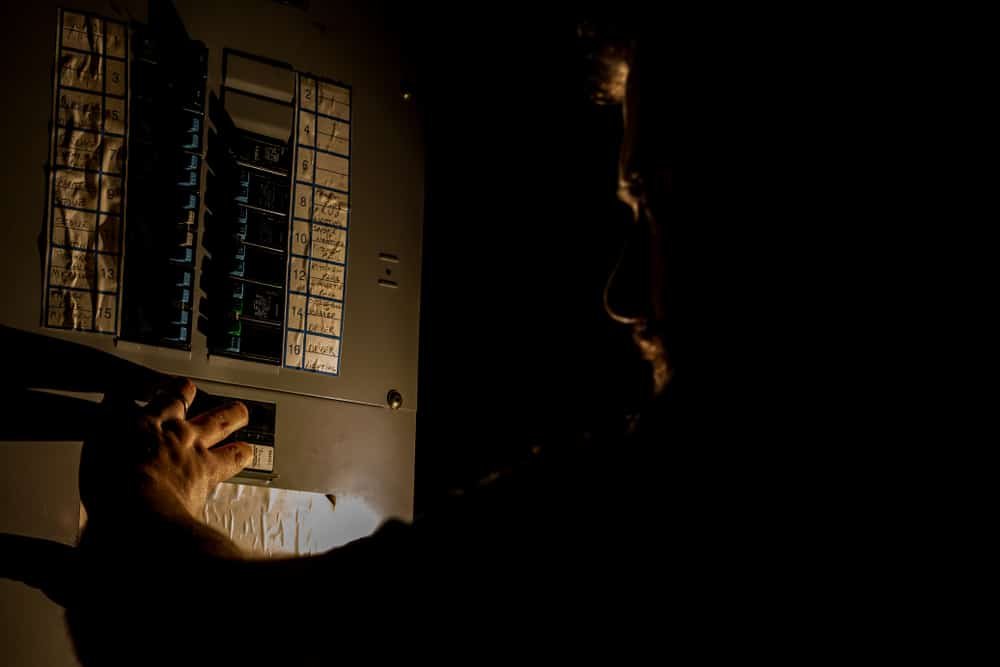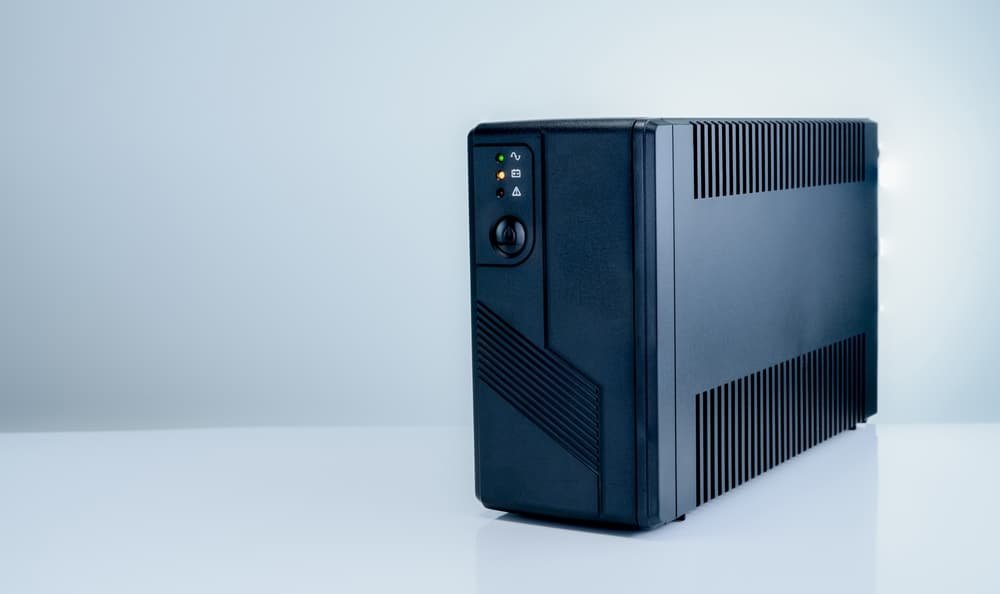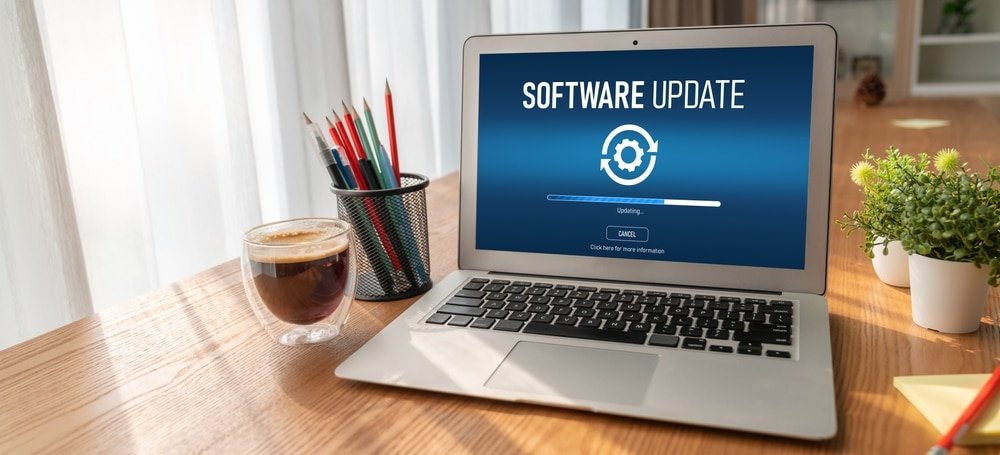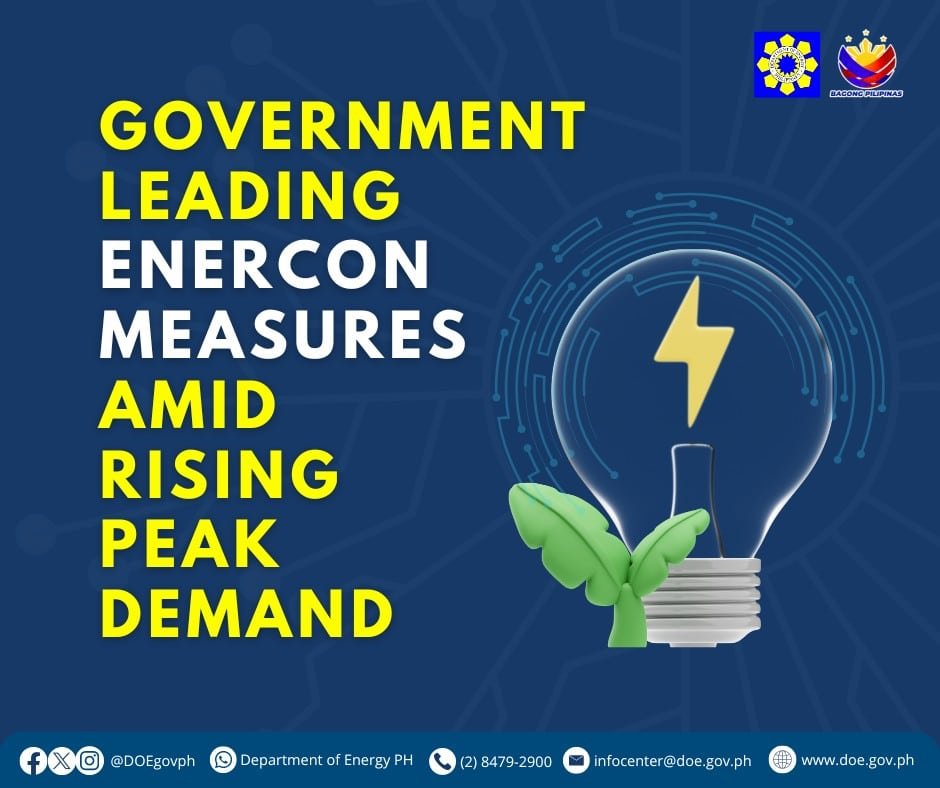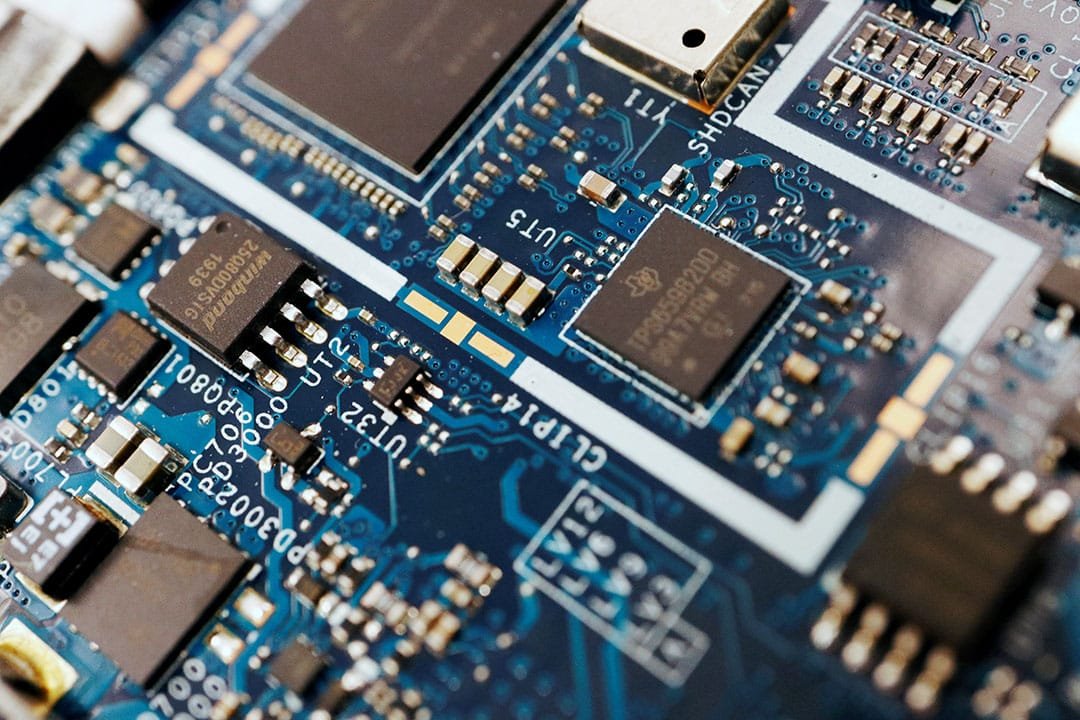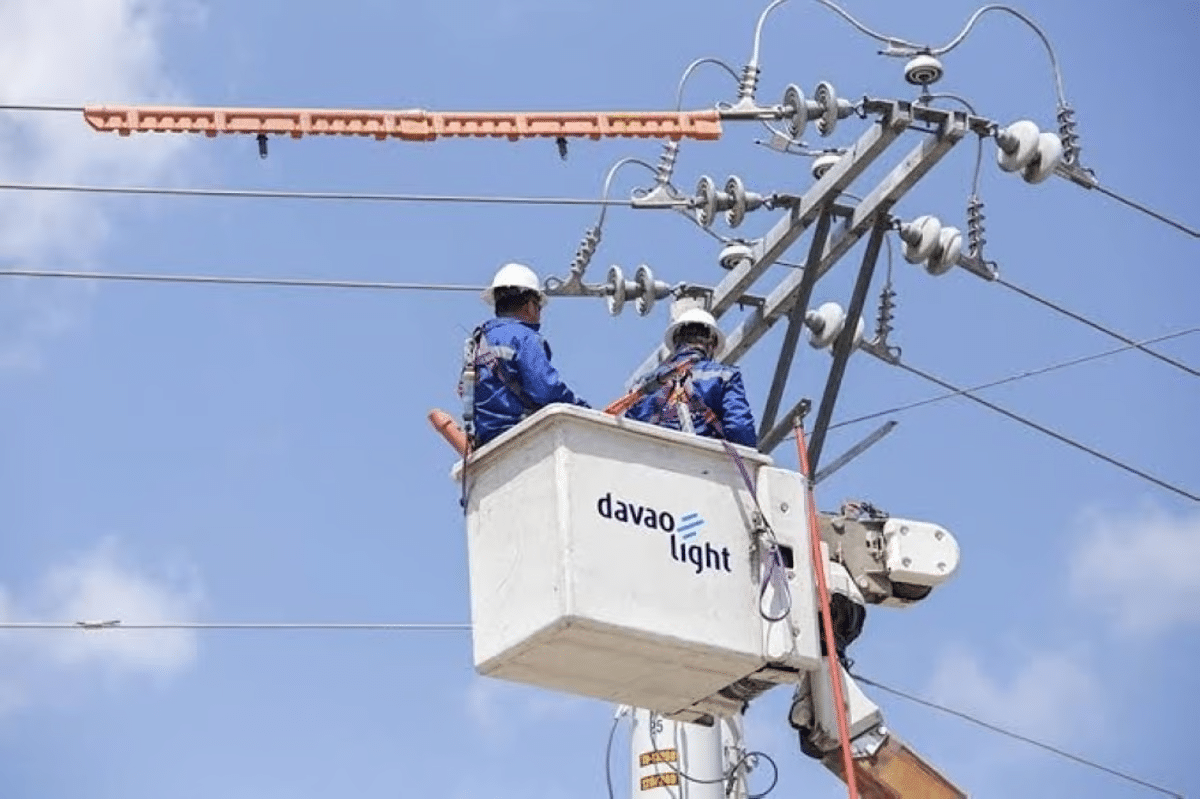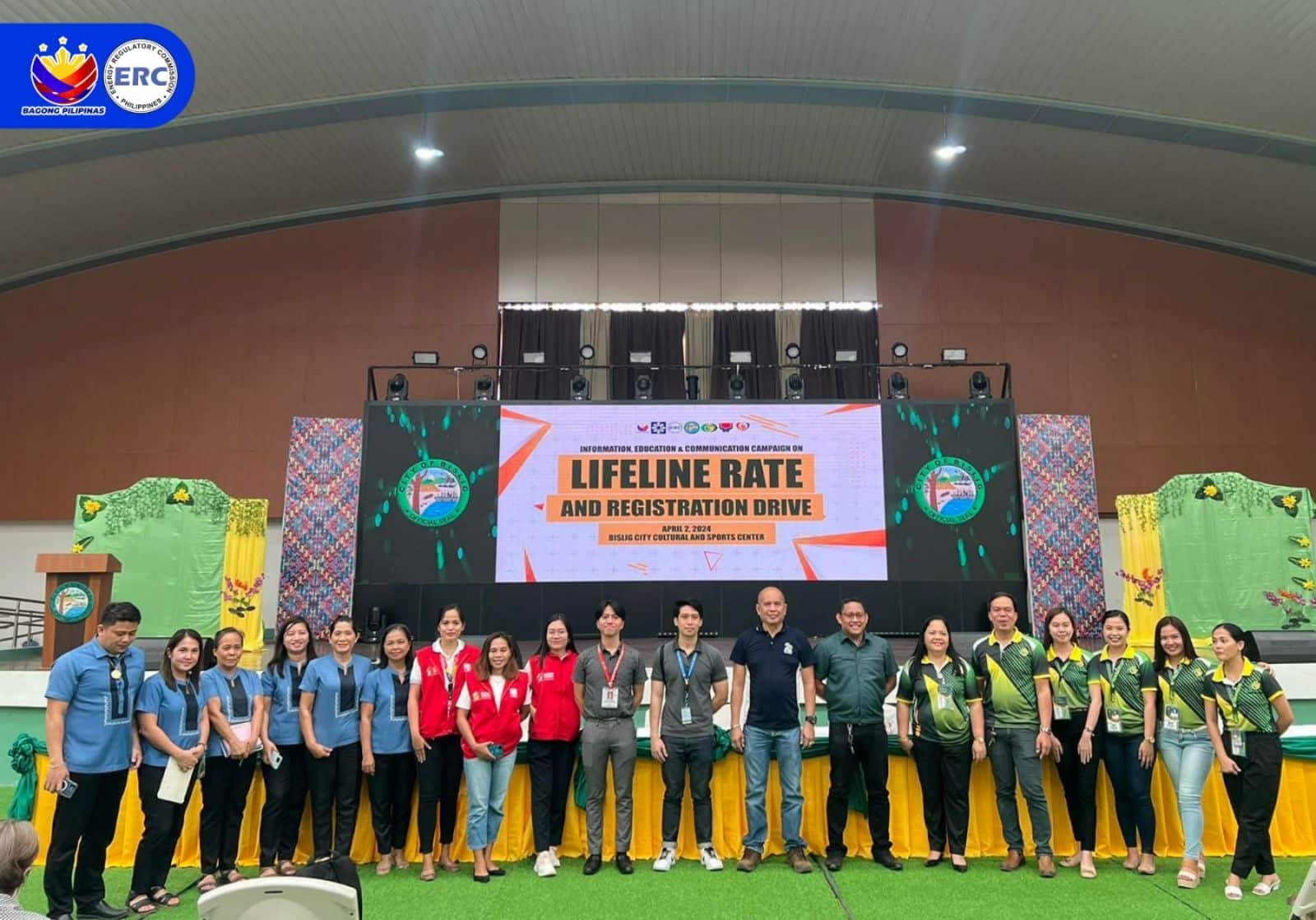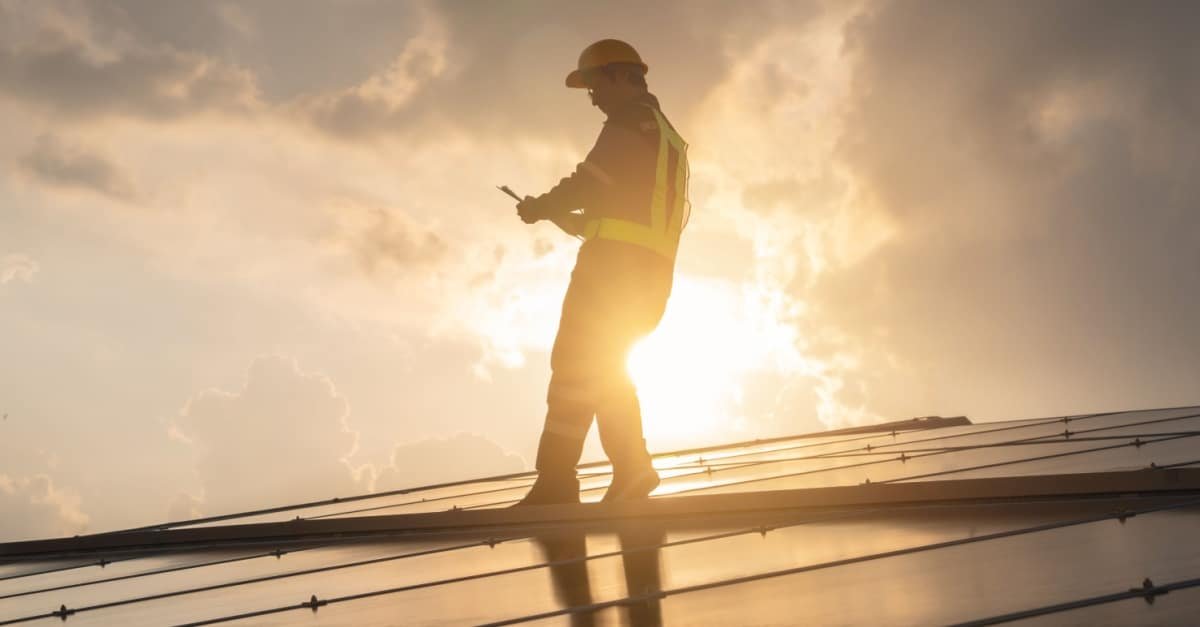
Electricity prices in the Philippines rank among the highest in Southeast Asia, and power outages and grid instability can affect reliability. For many homeowners, renewable energy—especially solar power—is becoming an increasingly attractive option. Not only does it promise long-term savings, but it also contributes to environmental protection and reduces dependence on traditional power sources.
Solar power is a great place to start
With abundant sunlight for most of the year, going solar is a smart and sustainable choice for homeowners in the Philippines.
To get a shining return on investment, here are six important tips from Lito Villar, Assistant Project Manager for the Solar Financing Project at the Foundation for a Sustainable Society, Inc. (FSSI).
- Calculate your annual electricity use. Start by reviewing your average yearly electric bill. This helps determine the system size you need, so you don’t end up overspending on an oversized setup.
- Assess your budget. Decide whether you’ll go for a grid-tied or hybrid system. Grid-tied systems are more affordable since they don’t use batteries. Batteries add significantly to the cost, so if you’re on a tight budget, a grid-tied setup may be a better option. Hybrid systems, which include batteries, are useful for nighttime power use or during outages, acting like a backup power source.
- Evaluate roof capacity. Solar panels add weight, so ensure your roof can handle the load. You’ll also need to confirm that there’s enough space for the number of panels your system requires.
- Check for shade and obstructions. Ensure the installation area receives direct sunlight. Trees, nearby buildings, or any structures casting shadows can affect the system’s efficiency.
- Be mindful of energy habits post-installation. Some users may increase their electricity usage after installing solar, expecting zero bills. It’s important to stay energy-conscious to fully benefit from the system.
- Choose licensed solar installers. Panels not certified by the Department of Energy (DOE) may not meet safety standards and could pose fire risks.
(Also read: Lighting up Mindanao: A Grassroots Push for Solar Power)
Pesos and panels
The cost and size of a rooftop solar system can vary depending on the size and energy needs of your home.
Here are some cost estimates from the Rooftop Solar Market Report by the Philippine Solar and Storage Energy Alliance (PSSEA), a non-profit organization dedicated to advancing solar energy and energy storage technologies in the country.
|
Solar System Cost Estimates by Home Size |
|||||
| Home Type | System Size | Number of Panels | Roof Space Needed | Estimated Cost (₱) | Monthly Electricity Coverage (kWh) |
| Affordable Homes | 2 kWp | 5 panels | ~12 m² | ₱150,000 – ₱210,000 | 224 kWh |
| MId-range Homes | 4 kWp | 10 panels | ~17 m² | ₱300,000 – ₱420,000 | 448 kWh |
| High-end Homes | 15 kWp | 38 panels | 86 m² | ₱900,000 – ₱1,260,000 | ~1,680 kWh |
| Very Large Homes | 30 kWp | 75 panels | ~170 m² | Up to ₱1,800,000 | ~3,360 kWh |
Based on the PSSEA’s recommendation, a 1.6 kWp grid-tied solar system is best for households with a ₱12,000 monthly electric bill and daytime use of one to two refrigerators and an air conditioning system.
For homes with bills around ₱20,000, a 5.6 kWp system is more suitable. This can power heavy usage of several appliances, such as washing machines, vacuums, refrigerators, and air conditioning systems.
A grid-tied solar system connects your home to the main power grid. This is an example of a behind-the-meter (BTM) system, as these solar energy systems are installed on a consumer’s property, where the generated electricity is used primarily for the home or building’s consumption.
In the Philippines, installing this type of solar energy system can help reduce your electricity bills. It’s also cost-effective thanks to lower installation and equipment costs, and requires minimal maintenance. It also benefits from net metering, which allows you to earn credits for excess power you generate and send back to the grid.
(Also read: From Rooftops to the Grid: 1,850MW of Solar Power Uncovered)
How net metering can save you money
A major benefit available to Filipino consumers is the net metering system enabled by the Renewable Energy Act (RA 9513).
Net metering enables homeowners with renewable energy systems of up to 100 kilowatts in capacity to send any extra electricity they produce back to the grid. The value of this excess power is then credited to their monthly electric bill.
According to data from the Department of Energy (DOE), net metering shared 141 megawatts (MW) of capacity to the Philippine grid from 2015 to 2024. The Energy Regulatory Commission (ERC) also shared that the number of qualified end-users (QEs) grew from 200 in 2015 to 13,189 by May 2024.
According to the Net Metering Guidebook published by the DOE, QEs are “electricity end-users of good standing and are allowed to participate in the Net Metering Program utilizing various RE resources such as wind, solar, biomass, biogas energy systems, or other RE systems that can be installed within the QE’s premises.”
Learn more about the net metering application process here.
(Also read: Mindanao Pushes for Energy Security Through Solar)
Financing options to make solar more affordable
Several Philippine banks, including BPI, SB Finance, and Security Bank, offer specialized solar loans with competitive interest rates and long repayment terms.
Many solar installation companies also provide financing bundles that include both the equipment and the loan, so be on the lookout for such offers to find the best deal for your budget and needs.
A long-term win for your wallet and the planet
Although the initial investment may seem steep, solar panel systems can lower electricity bills by almost 50%, allowing the system to pay for itself in five to seven years, depending on electricity use and location.
A 2021 study by the National Renewable Energy Laboratory (NREL) in the United States revealed that solar panels usually lose between 0.5% and 0.8% of their efficiency annually. This gradual loss is known as the degradation rate.
For instance, if your panels have a 0.8% degradation rate, they will still produce about 99.2% of their original power in the second year, and around 82.5% in the 25th year. So even after decades of use, solar panels continue to provide reliable energy and long-term savings.
Going solar may seem like a big step, but with the right system and financing, it’s more achievable than ever. Whether you’re saving on bills or preparing for the future, solar power offers both immediate and long-term benefits. Your roof can do more than just provide shelter—it can power your home, reduce your bills, and make a real difference for the planet.
Sources:
https://powerphilippines.com/ph-power-prices-among-highest-in-asean-next-to-singapore/
https://pssea.ph/wp-content/uploads/2024/12/Rooftop-Solar-Market-Report.pdf
https://www.bpi.com.ph/personal/loans/housing-loan/solar-mortgage
https://www.sbfinance.com.ph/news/sb-finance-now-offers-financing-for-solar-panels/
https://www.securitybank.com/personal/loans/home-loan-housing-mortgage/solar-mortgage-loan/
https://www.pna.gov.ph/articles/1243853
https://business.inquirer.net/466593/net-metering-gaining-ground-says-erc
https://legacy.doe.gov.ph/sites/default/files/pdf/renewable_energy/Net-Metering-Guidebook-2022.pdf
https://legacy.doe.gov.ph/2-how-apply-net-metering-services-your-distribution-utility
https://www.nrel.gov/docs/fy22osti/81172.pdf

